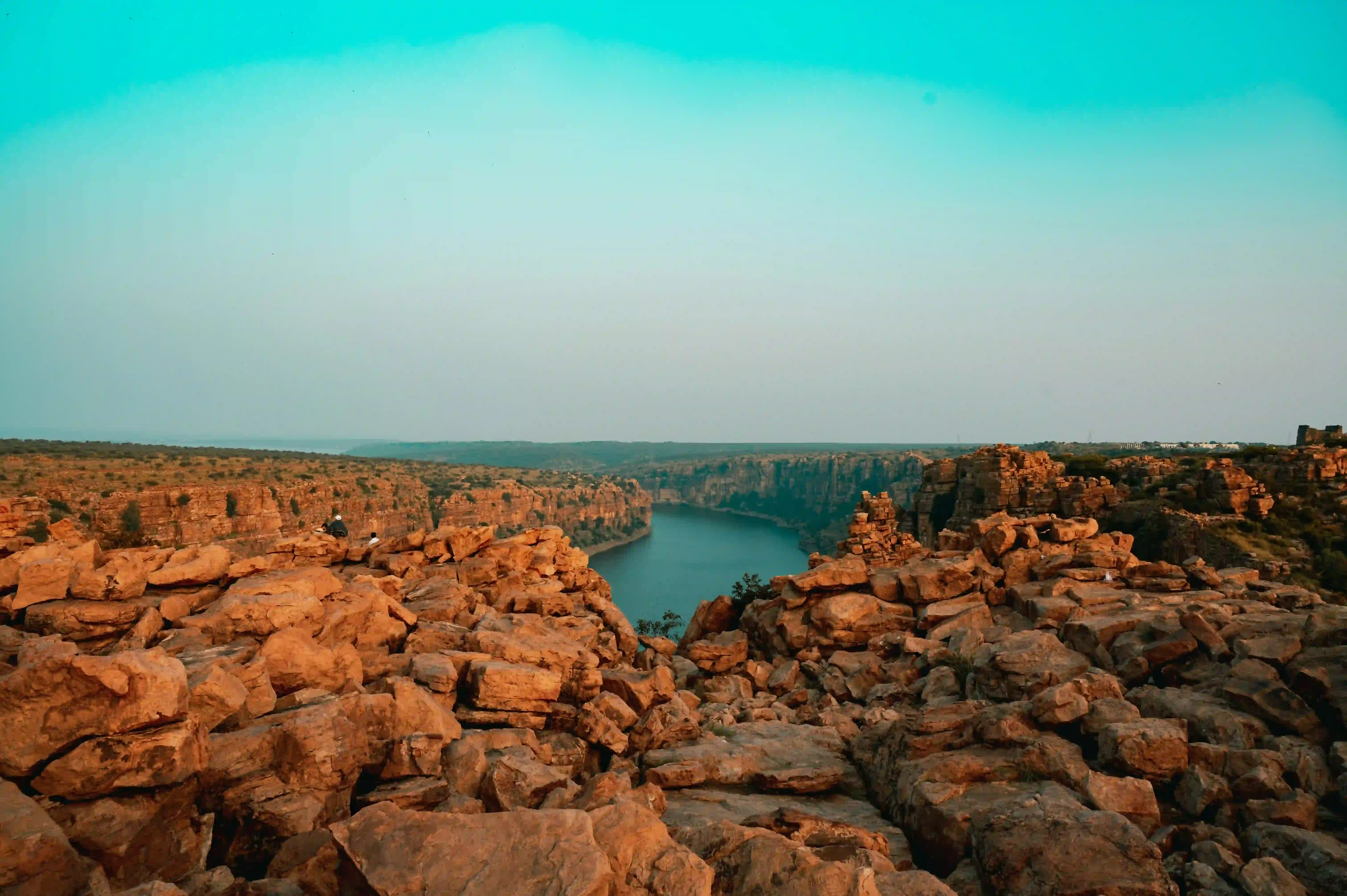The Sivasagar Sivadol Temple Complex stands as one of India's most remarkable religious and architectural treasures, representing the pinnacle of Ahom dynasty craftsmanship. Located on the banks of the historic Sivasagar Tank (also known as Borpukhuri Tank) in the heart of Sivasagar, Assam, this extraordinary complex comprises three magnificent Hindu temples that together create a spiritual and cultural landmark of immense significance.
Built in 1734 by Bar Raja Ambika, the queen of Ahom king Swargadeo Siva Singha, the complex showcases three distinct yet harmoniously connected temples: the central Sivadol dedicated to Lord Shiva, the Vishnudol dedicated to Lord Vishnu, and the Devidol dedicated to Goddess Durga. The crown jewel of the complex is the towering Sivadol, which rises majestically to 104 feet (32 meters), making it the tallest Shiva temple in India. Its gleaming golden dome, standing 8 feet high and crafted from pure gold, serves as a beacon visible from across the city.
The architectural brilliance of the complex reflects the Ahom dynasty's unique building techniques and cultural synthesis. The Ahoms, who migrated from southern China in 1228 and ruled Assam for nearly 600 years, developed innovative construction methods using a special mortar made from sticky rice, eggs, and fish. This remarkable binding agent allowed them to create structures of extraordinary durability, evidenced by the complex's excellent preservation after nearly three centuries.
The Sivadol temple features the rare distinction of housing a reversed Shiva Lingam - unlike most Shiva Lingams in India that protrude upward, this sacred symbol is uniquely carved into the ground. The temple's exterior walls are adorned with intricate bas-relief sculptures depicting various Hindu deities, including striking representations of Goddess Durga with 2, 4, 6, 10, and 16 arms, showcasing the pan-Himalayan artistic influences that the Ahoms incorporated into their temple architecture.
The Sivasagar Tank itself is an engineering marvel, covering 257 acres with a water spread of 129 acres and maintaining a constant depth of 27 feet. Constructed between 1731 and 1738, the tank was created by building embankments that keep the water level above the surrounding ground, ensuring year-round stability without fluctuation even during monsoon seasons. The tank serves as a habitat for various migratory birds that visit annually, adding to the complex's natural beauty.
Religious significance permeates every aspect of the complex, particularly during major festivals like Maha Shivaratri, when hundreds of thousands of devotees gather to offer prayers and participate in traditional ceremonies. The festival transforms the entire area into a vibrant celebration of faith, with devotees offering the traditional Panchamrit (milk, yogurt, honey, ghee, sugar, and water) along with vermillion paste to the Shiva Lingam.
Beyond its religious importance, the complex serves as a comprehensive museum of Ahom history and culture. The on-site museum houses artifacts that tell the story of this remarkable dynasty's journey from Yunnan, China, to becoming the dominant power in northeastern India. The Ahoms' ability to blend their Chinese heritage with indigenous Assamese traditions and Hindu practices created a unique cultural synthesis that the temple complex beautifully represents.
The complex's strategic location in what was once Sibsagar, the capital of the Ahom kingdom, adds layers of historical significance. The city's very name derives from the Sivasagar Tank, and the district, subdivision, and major administrative offices continue to bear names connected to this sacred site, highlighting its enduring importance in regional identity.
Today, the Sivasagar Sivadol Temple Complex stands as a living testament to architectural innovation, spiritual devotion, and cultural resilience. Its three temples, rising majestically from the banks of the ancient tank, continue to inspire visitors with their grandeur while serving as active centers of worship. The complex offers visitors a unique opportunity to experience the convergence of history, spirituality, and artistry that defines Assam's rich cultural heritage.
For travelers and pilgrims alike, the complex provides an immersive journey through centuries of religious tradition and architectural excellence. Whether viewed during the golden light of dawn reflecting off its sacred waters, or illuminated at night when the temples create magical silhouettes against the sky, the Sivasagar Sivadol Temple Complex remains one of India's most photographed and spiritually significant destinations, embodying the timeless connection between human devotion and divine inspiration.









